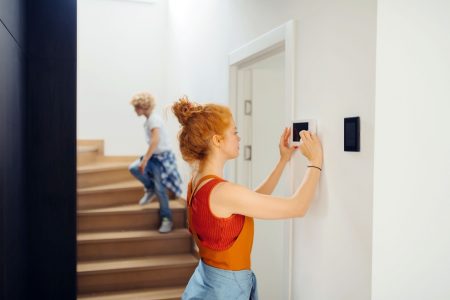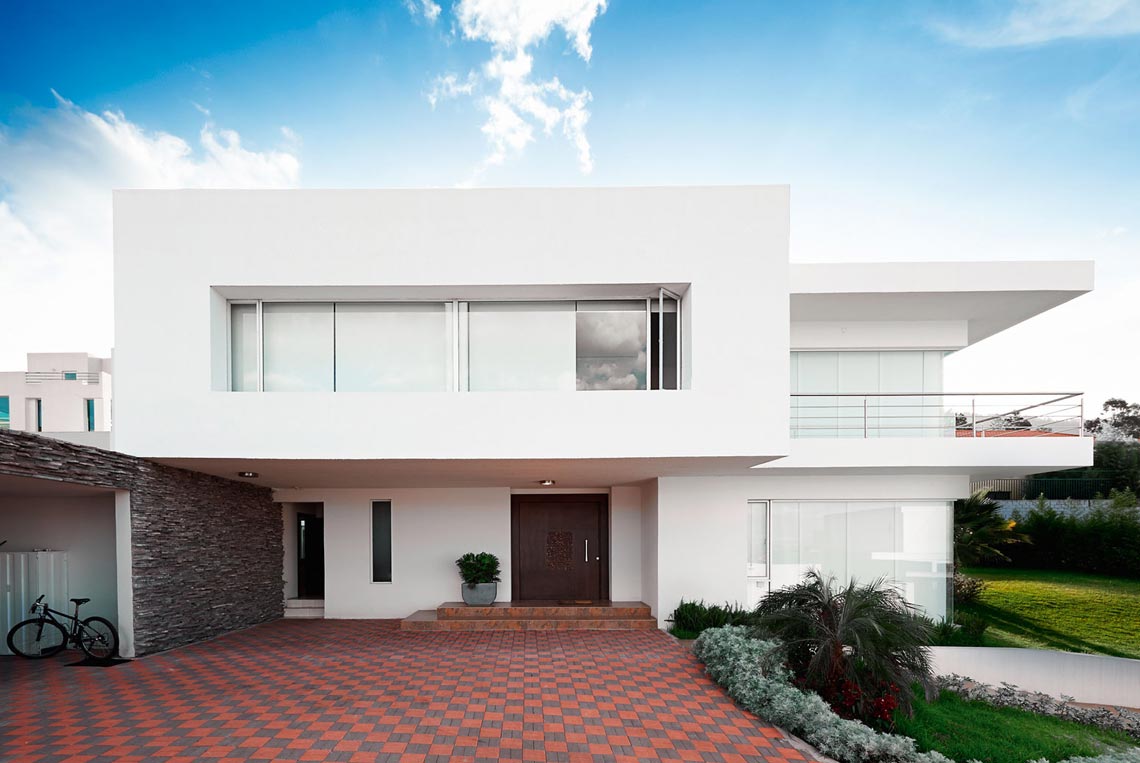The House That’s Built Smart From The Start
Issue 02-2019:
read all articles online
read as pdf
The alarming scale of the housing shortfall in many urban areas worldwide means we need to build houses more quickly and at lower cost than ever. New builds need to embody the intelligence to suit modern lifestyles, from millennials’ always-connected automation to cognitive homes for an ageing population. Fortunately, the combination of modular factory construction, flexible smart-home ecosystems and energy harvesting wireless technology is ready to meet the challenges.

Modular buildings are based on a combination of building technologies known as “Modern Methods of Construction” (MMC). Typical elements include the use of panelized systems and volumetric elements such as roof and floor cassettes, pre-cast concrete foundation assemblies, pre-formed wiring looms, mechanical engineering composites along with innovative techniques such as tunnel form or thin-joint block work.
Modular housing concept
Already popular in Europe, the UK is using MMC to build prefabricated, fully fitted, modular homes that can be loaded onto trucks for delivery across the country. Factory building onsite assembly allows houses to be completed in days instead of months, and at significantly lower cost.
Affordable and sustainable modular homes are more than boxes to live in. A combination of innovative product technology and good design puts the focus back on safety, security, comfort and the lifestyle needs of the owner.
Automation built in
A common requirement is to place lighting switches and dimmers where they are most convenient. Powered by the kinetic energy harvested from the switch operation itself, these can be placed anywhere. They don’t need to be wired-in, instead sending a wireless signal to the receiver in or near the light or DIN rail fitting. Furthermore, there is no need to use batteries – and no need to replace them – saving all the inconvenience and environmental harm that battery replacement can cause.
Wide range of applications
Such devices enable a wide range of applications. Lighting and home entertainment are obvious candidates for battery-free switches. As well as controlling light levels and color, self-powered switches can also be used for controlling sound system volume or window shading.
A key application for smart homes is an “all off/all on” switch which allows turning off/on all non-essential electrical consumables when leaving the home or returning.
Energy harvesting technology also enables other applications such as intruder alarms, smart heating control, flood detection or CO2 check.
Several radio standards supported
Most energy harvesting sensors, switches and other self-powered devices communicate over distances of up to 30 meters in buildings, with short encrypted messages sent via the international EnOcean wireless standard.
There are also self-powered devices integrating EnOcean’s energy harvesting technology that communicate directly with lights via Bluetooth® or Zigbee.
From smart homes to intelligent ones
Now that energy harvesting wireless sensors can gather data in the home, it is not a great leap to communicate the information, aggregate it and perform useful analyses. Bringing data together via the Internet of Things (IoT) enables a holistic approach, using artificial intelligence (AI) to track patterns of occupancy and activities in the modular home.

The only solution to meet the housing shortage is modular housing based on factory automation principles. It’s a solution that dovetails perfectly with home automation using wireless and battery-free energy harvesting controls and sensors.
With exciting technologies like energy harvesting wireless devices, modern factory-built homes are set not only to meet housebuilding targets but improve our way of living in them as well.
New articles in Smart Home
Top articles




